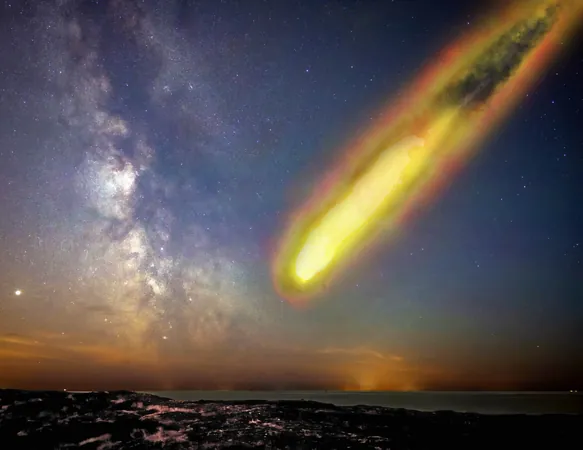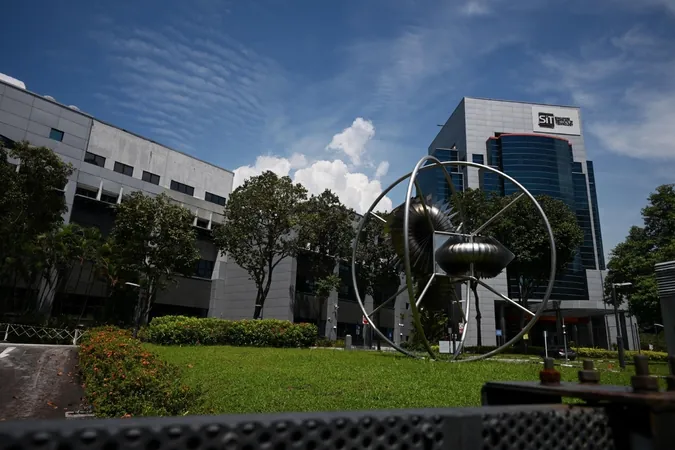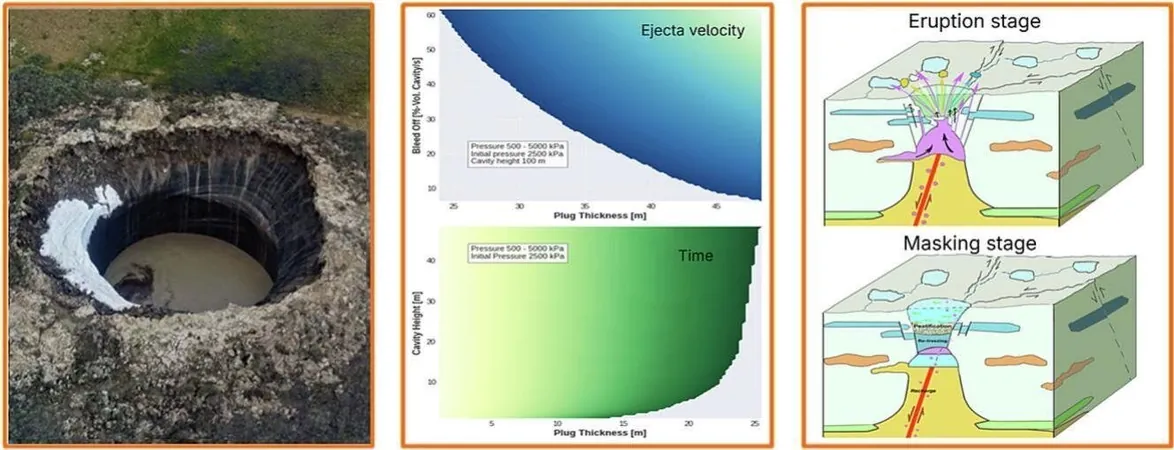
Cosmic Revelations: Microbial Life Thrives in Ancient Meteorite Crater!
2025-09-17
Author: Yu
In a groundbreaking discovery that could change our understanding of life's resilience in the universe, researchers have pinpointed the emergence of microbial life thriving within an ancient meteorite impact crater. This astonishing revelation underscores an incredible truth: life not only endures catastrophic events but can flourish in their aftermath!
A dedicated team from Linnaeus University in Sweden has revealed compelling evidence showing that microbial life began colonizing the 78-million-year-old Lappajärvi impact structure in western Finland in the wake of a meteorite strike. This colonization took place in the resulting hydrothermal system birthed from the collision, demonstrating a surprising adaptability of life.
Published in the prestigious journal Nature Communications, this study has made waves in the scientific community.
"For the first time, we can directly connect microbial activity to a meteorite impact using precise geochronological methods," states Henrik Drake, a leading professor at Linnaeus University and the study's senior author. "These craters can serve as extraordinary habitats for life, long after the impact has occurred."
Through advanced isotopic biosignature analysis and radioisotopic dating techniques, the research team traced microbial sulfate reduction—a clear indicator of life—to specific mineral formations found in fractures and cavities of the crater. These life-signatures emerged at an optimal temperature of about 47°C, ideal for thriving microbial ecosystems.
Ph.D. student Jacob Gustafsson, the study's first author, expressed his excitement, saying, "What’s most thrilling is that we can not only see signs of life but also pinpoint when it occurred. This gives us a timeline on how life manages to re-establish itself after a catastrophic event."
Further findings revealed that more than 10 million years after the impact, mineral formations displayed evidence of both methane consumption and production, reinforcing the idea of enduring microbial activity.
Co-author Dr. Gordon Osinski from Western University in Canada remarked, "This is incredibly exciting research as it connects the dots for the first time. Previously, we had hints of microbial colonization in impact craters, but questions remained regarding when this happened and whether it was a direct result of the meteorite strike or separate processes millions of years later. Until now, that mystery persisted."
This game-changing discovery enhances the theory that meteorite impacts can forge long-lasting habitable environments—not just on Earth but potentially on Martian soil, the icy surface of Europa, and beyond, wherever similar impact structures exist.
This research opens a new frontier in astrobiology, offering an unprecedented view of how life might rebound from planetary-scale devastation and how craters could act as life-giving nurseries for microbial ecosystems scattered across the cosmos.




 Brasil (PT)
Brasil (PT)
 Canada (EN)
Canada (EN)
 Chile (ES)
Chile (ES)
 Česko (CS)
Česko (CS)
 대한민국 (KO)
대한민국 (KO)
 España (ES)
España (ES)
 France (FR)
France (FR)
 Hong Kong (EN)
Hong Kong (EN)
 Italia (IT)
Italia (IT)
 日本 (JA)
日本 (JA)
 Magyarország (HU)
Magyarország (HU)
 Norge (NO)
Norge (NO)
 Polska (PL)
Polska (PL)
 Schweiz (DE)
Schweiz (DE)
 Singapore (EN)
Singapore (EN)
 Sverige (SV)
Sverige (SV)
 Suomi (FI)
Suomi (FI)
 Türkiye (TR)
Türkiye (TR)
 الإمارات العربية المتحدة (AR)
الإمارات العربية المتحدة (AR)